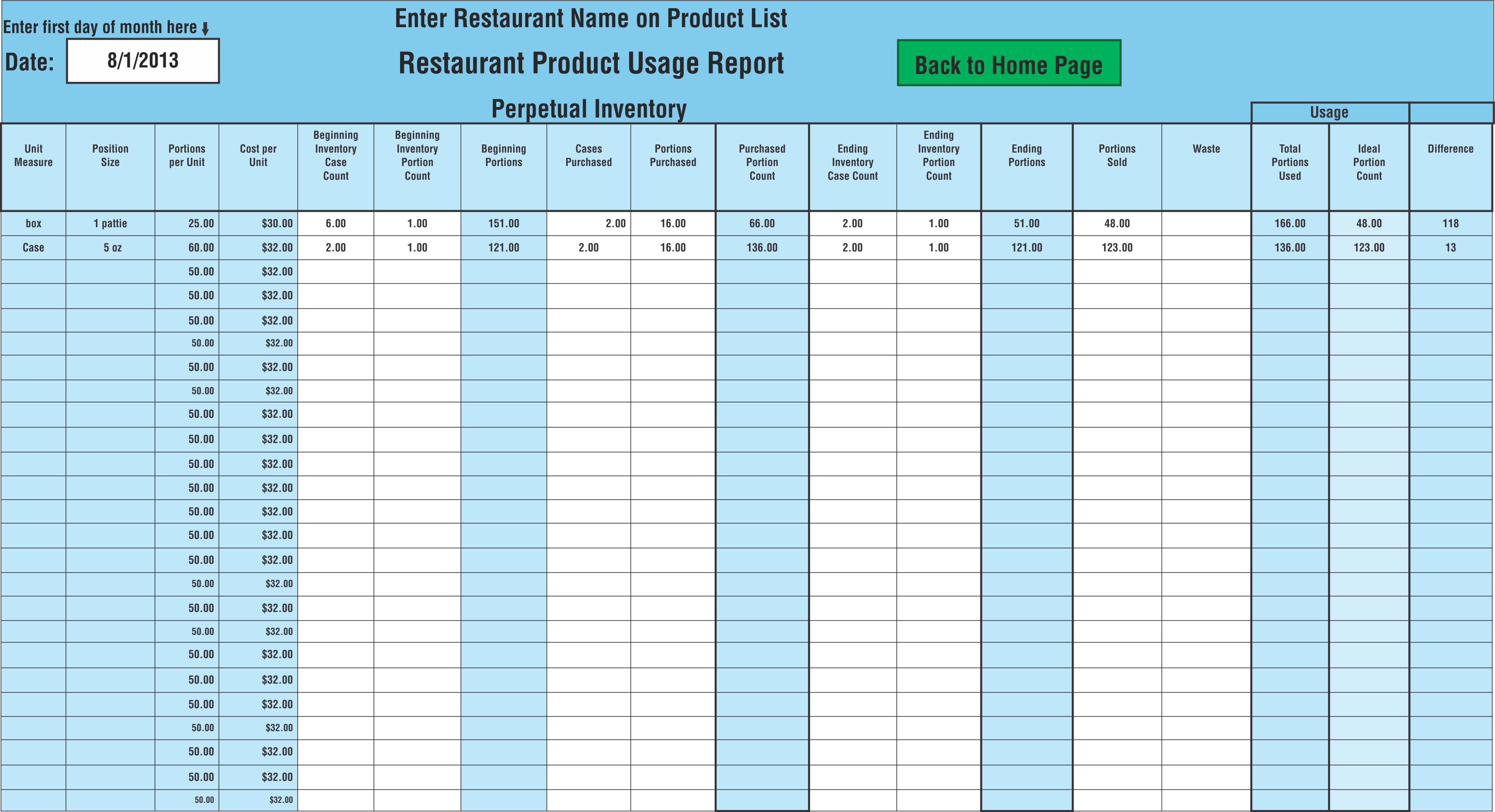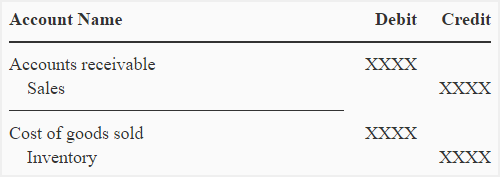

Therefore, the value of ending inventory is $92 (23 units x $4), which is the same amount we calculated using the perpetual method. To do that, we need to see the cost of the most recent purchase (i.e., 3 January), which is $4 per unit.īecause the volume of the most recent purchase (i.e., 30 units) is lower than the units of the ending inventory (i.e., 23 units), we will value the entire ending inventory units using the most recent purchase cost, which is $4 per unit. Now that we have ending inventory units, we need to place a value based on the FIFO rule. Our example has a four-day period, but we can use the same steps to calculate the ending inventory for a period of any duration, such as weeks, months, quarters, or years. To calculate the value of ending inventory using the FIFO periodic system, we first need to figure out how many inventory units are unsold at the end of the period. Here’s a summary of the purchases and sales from the first example, which we will use to calculate the ending inventory value using the FIFO periodic system. In the first example, we worked out the value of ending inventory using the FIFO perpetual system at $92. Three units costing $5 each were purchased earlier, so we need to remove them from the inventory balance first, whereas the remaining seven units are assigned the cost of $4 each.īill’s gross profit for the first four days is: At the start of that day, we had a total of 33 units. This is because even though we acquired 30 units at the cost of $4 each the same day, we have assumed that the sales have been made from the inventory units that were acquired earlier for $5 each. On the third day, we assign the cost of the three units sold as $5 each. The inventory balance at the end of the second day is understandably reduced by four units. On the second day, ten units were available, and because all were acquired for the same amount, we assign the cost of the four units sold on that day as $5 each.

On the first day, we have added the details of the purchased inventory. The order in which the inventories are acquired.Are any additional units acquired on the day of the sale?.How many units are available at the start of the day?.To determine what cost needs to be assigned in the ‘Inventory Out’ column, we need to consider:
#Perpetual inventory update#
Third, we need to update the inventory balance to account for additions and subtractions of inventory. Second, every time a sale occurs, we need to assign the cost of units sold in the middle column. To arrive at this number, we need to work our way in three steps.įirst, we add the number of inventory units purchased in the left column along with its unit cost. The ending inventory at the end of the fourth day is $92 based on the FIFO method. To find the cost valuation of ending inventory, we need to track the cost of inventory received and assign that cost to the correct issue of inventory according to the FIFO assumption. On 4 January, Bill managed to sell 10 more units.Ĭalculate the value of Bill’s ending inventory on 4 January and the gross profit he earned on the first four days of business using the FIFO method.


On 3 January, Bill purchased 30 toasters, which cost him $4 per unit and sold 3 more units. On 2 January, Bill launched his web store and sold 4 toasters on the very first day. The wholesaler provides a same-day delivery service and charges a flat delivery fee of $10 irrespective of the order size. On 1 January, Bill placed his first order to purchase 10 toasters from a wholesaler at the cost of $5 each. Let’s apply the FIFO method in a more comprehensive example below.īill sells a specific model of a toaster on his website for $12 apiece. By the same assumption, the ending inventory value will be the cost of the most recent purchase ($4). If we apply the FIFO method in the above example, we will assume that the calculator unit that is first acquired (first-in) by the business for $3 will be issued first (first-out) to its customers. If the shop was to sell one calculator in the future, what value do we place on the calculator that is sold, and the other calculator that is still in inventory?įirst-in, first-out (FIFO) is one of the methods we can use to place a value on the ending inventory and the cost of inventory sold. One of them was purchased for $3, and the other one was acquired for $4 on a later date. To explain the accounting problem, let’s say that a stationery shop has just two calculators in its inventory. When a business buys identical inventory units for varying costs over a period of time, it needs to have a consistent basis for valuing the ending inventory and the cost of goods sold.


 0 kommentar(er)
0 kommentar(er)
